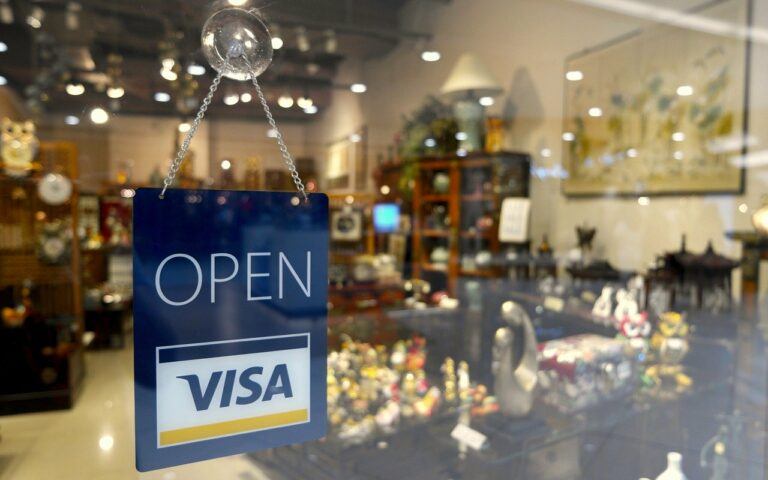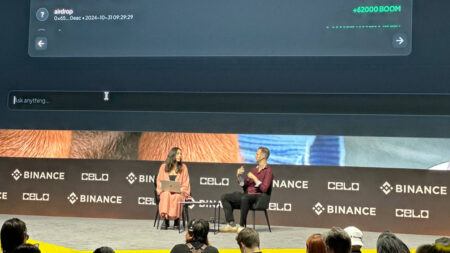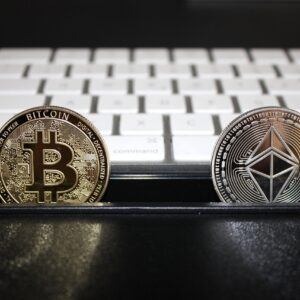Global payments giant Visa has announced its latest move to modernize cross-border financial transactions.
What Is USD Coin (USDC)?
USDC, or USD Coin, is a type of stablecoin that is pegged to the U.S. dollar. Each USDC token is meant to be equivalent to one U.S. dollar, held in reserve by regulated financial institutions. The primary purpose of USDC is to offer the stability of the U.S. dollar while benefiting from the operational advantages of a cryptocurrency, such as fast transactions, low fees, and 24/7 availability.
Stablecoins like USDC are often used for various purposes within the cryptocurrency ecosystem, including:
- Trading: They provide a stable asset to trade against volatile cryptocurrencies.
- Payments: For quick and low-cost transactions, especially cross-border ones.
- DeFi: Used in decentralized finance applications for lending, borrowing, or earning interest.
- Settlements: For settling transactions between different parties efficiently.
USDC is an ERC-20 token, which means it operates on the Ethereum blockchain, but it is also available on other blockchains like Solana, as mentioned in Visa’s press release.
Visa’s Support for Solana-Powered USDC
According to Visa’s press release, the company is extending its stablecoin settlement capabilities to the Solana blockchain. This expansion is part of a collaboration with merchant acquirers Worldpay and Nuvei.
Visa has already conducted live pilot programs, transferring millions of USDC stablecoins between its partners over both the Solana and Ethereum blockchain networks. These transactions settled fiat-denominated payments authorized via Visa’s global payment network, VisaNet.
The company says its treasury and settlement systems handle the clearing, settlement, and movement of billions of dollars in transactions daily. This occurs between nearly 15,000 financial institutions and across more than 25 different currencies globally. Cuy Sheffield, Head of Crypto at Visa, emphasized that the company is committed to leveraging stablecoins and blockchain networks to improve the speed and efficiency of cross-border settlements.
Here is why what Visa is saying matters:
- Expansion of Stablecoin Capabilities: Visa had already been using USDC stablecoins for settlements, but this announcement extends that capability to the Solana blockchain. This is significant because Solana is known for its high-performance capabilities, including faster transaction speeds and lower costs.
- Merchant Acquirer Involvement: Previously, Visa’s focus had been more on the issuer side of transactions. The new announcement indicates a shift toward involving merchant acquirers like Worldpay and Nuvei. This aims to speed up settlement times for merchants, which could be particularly beneficial for those involved in the crypto and blockchain space.
- Global Impact: Visa’s vast network spans nearly 15,000 financial institutions and operates in over 25 currencies. The integration of stablecoins like USDC into this network could have a far-reaching impact, potentially revolutionizing how cross-border transactions are conducted.
- Continued Innovation: This move builds upon Visa’s previous work, including successful pilot programs that tested the use of USDC for settlements. By expanding its stablecoin and blockchain capabilities, Visa is positioning itself as a leader in the evolving digital payments landscape.
According to a Cointelegraph report published earlier today, Visa initiated a pilot program in 2021 with Crypto.com to explore the use of Ethereum-based USD Coin (USDC) for settling cross-border payments related to its Australian card program. This move streamlined the previously cumbersome multi-day currency conversion and wire transfer fee process. Crypto.com now leverages a Visa treasury-managed account with USDC issuer Circle to expedite international transfers, reducing both time and complexity through the Ethereum blockchain.
Featured Image via Pixabay









